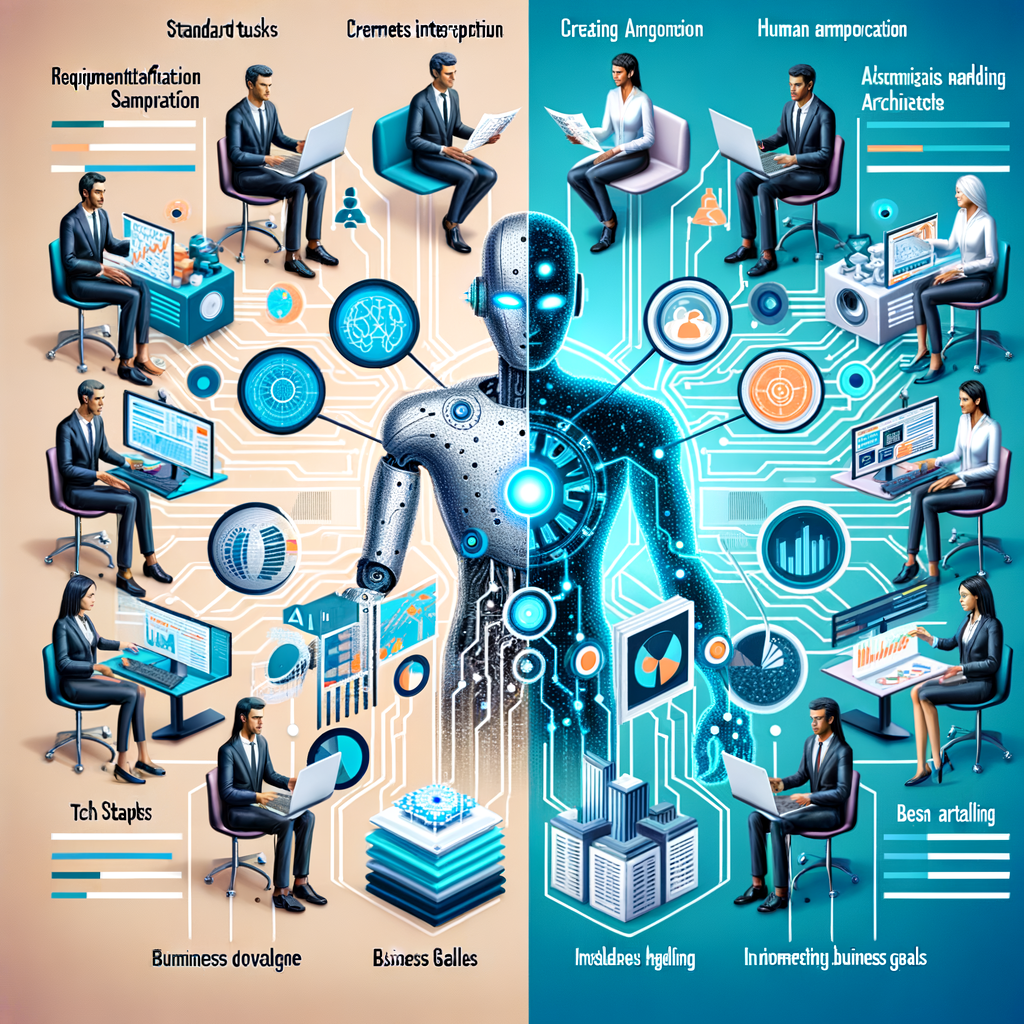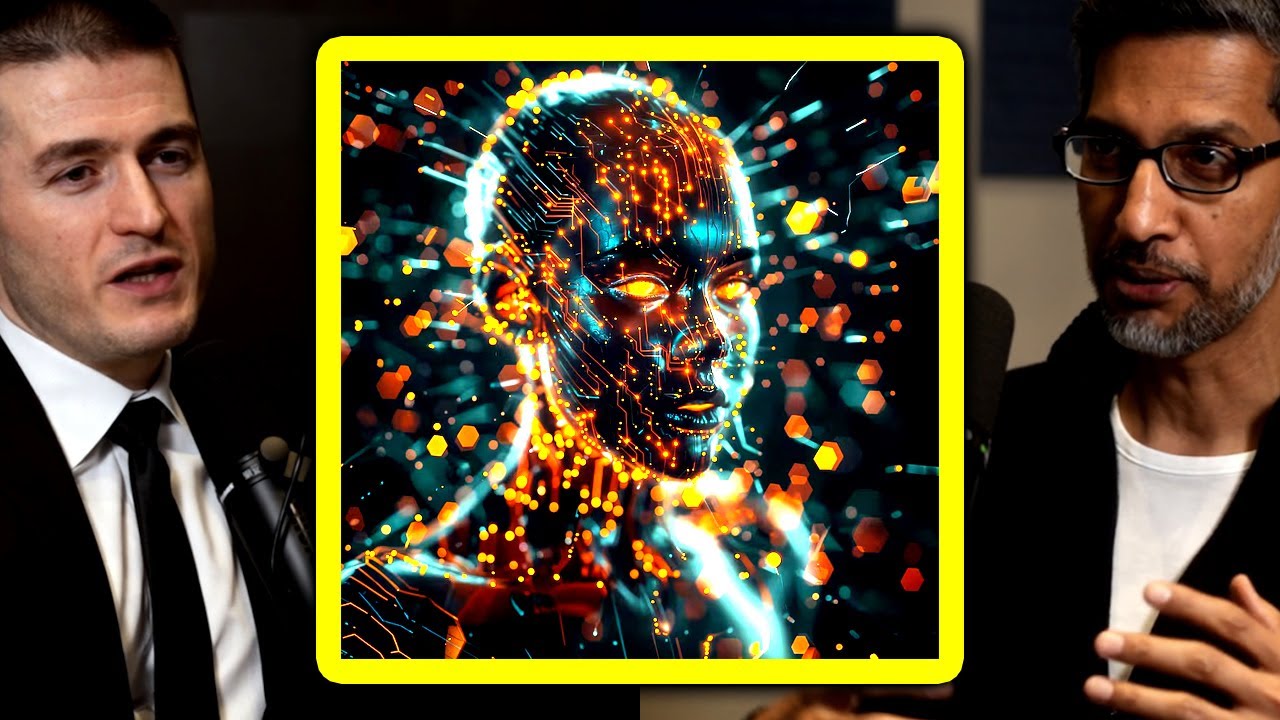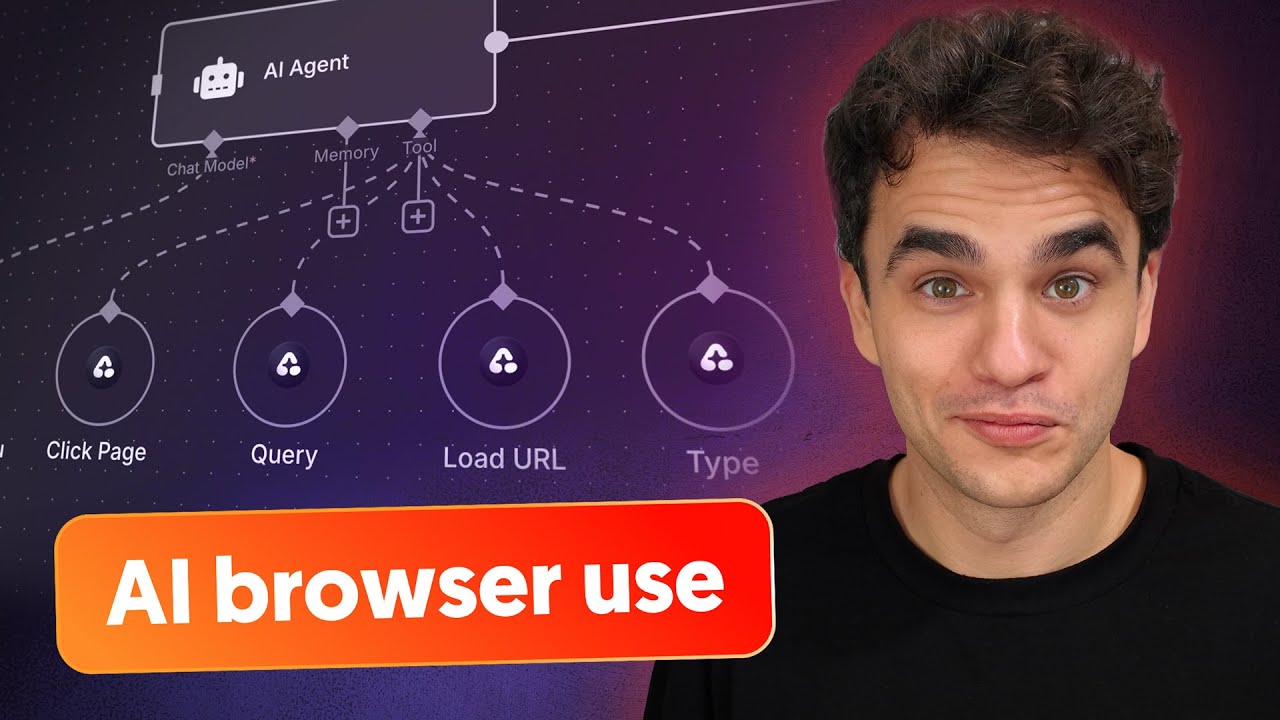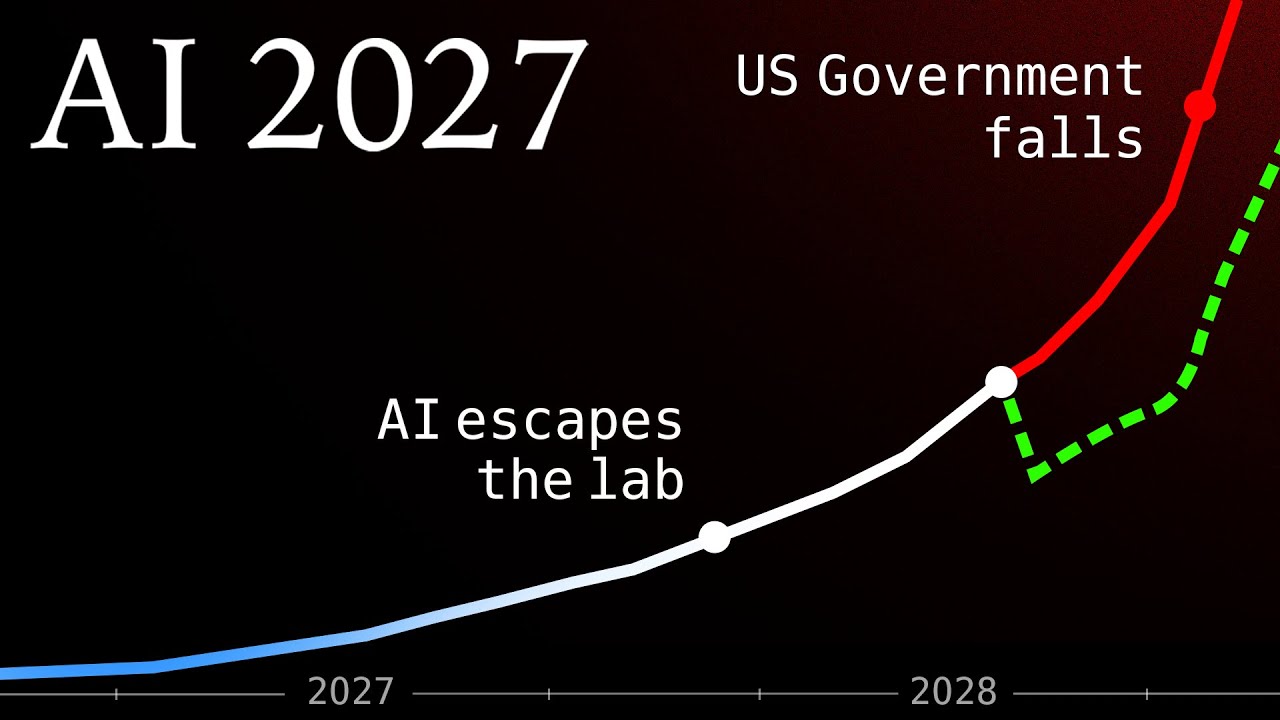Paul’s Perspective:
Understanding what AI can and cannot do right now in software architecture is essential for business leaders planning tech investments or considering automation. It helps clarify where to leverage AI for efficiency and where experienced professionals are still irreplaceable.
Key Points in Article:
- Four leading large language models (LLMs) were compared on tasks such as interpreting requirements, creating diagrams, and recommending tech stacks.
- AI performance varied by complexity—coverage was sufficient for standard scenarios but inconsistent for nuanced and domain-specific needs.
- None of the LLMs could fully handle ambiguity, integrate business goals, or address risk management without human guidance.
- Current AI solutions excel at speeding up routine analysis but cannot replace expertise and contextual judgement.
Strategic Actions:
- Define the requirements and goals for a software architecture task.
- Test various LLMs on tasks like requirements interpretation and solution design.
- Compare the outputs of AI against those of an experienced architect.
- Assess AI strengths (e.g., speed, coverage) and weaknesses (e.g., ambiguity handling, business alignment).
- Integrate AI tools to automate repetitive or standardized tasks while relying on human architects for critical decisions and solution validation.
Dive deeper > Full Story:
The Bottom Line:
- While AI models show promise in automating some software architecture tasks, they currently lack the depth and experience required for end-to-end solution design.
- The technology is rapidly improving, but human architects still play a critical role in complex decision-making.
Ready to Explore More?
We work alongside teams to integrate AI in ways that complement your experts and help your business run more smoothly—let’s talk about how our experience can support your next tech decisions.





